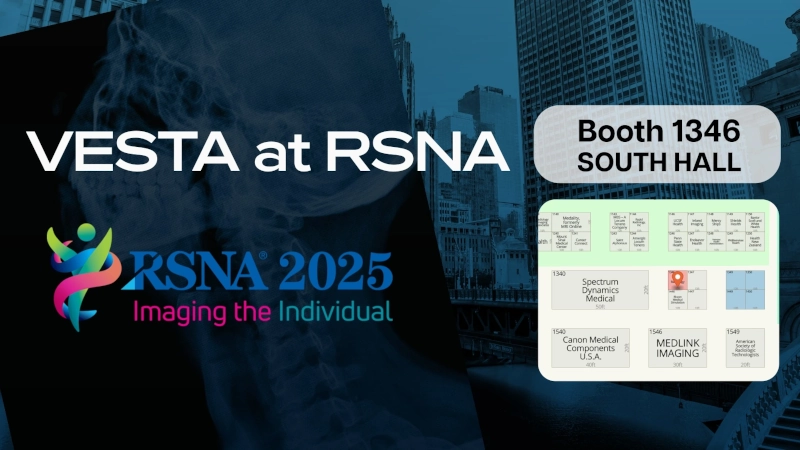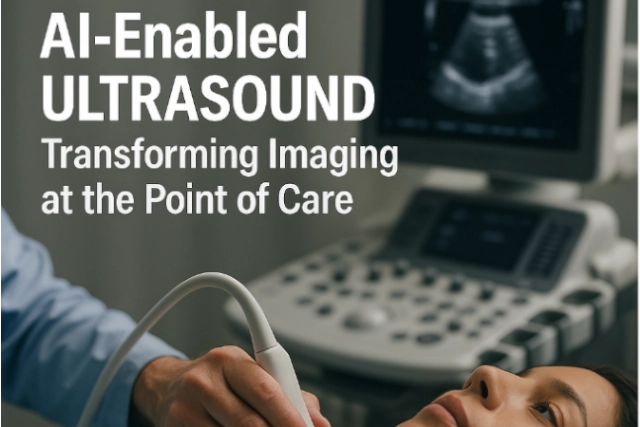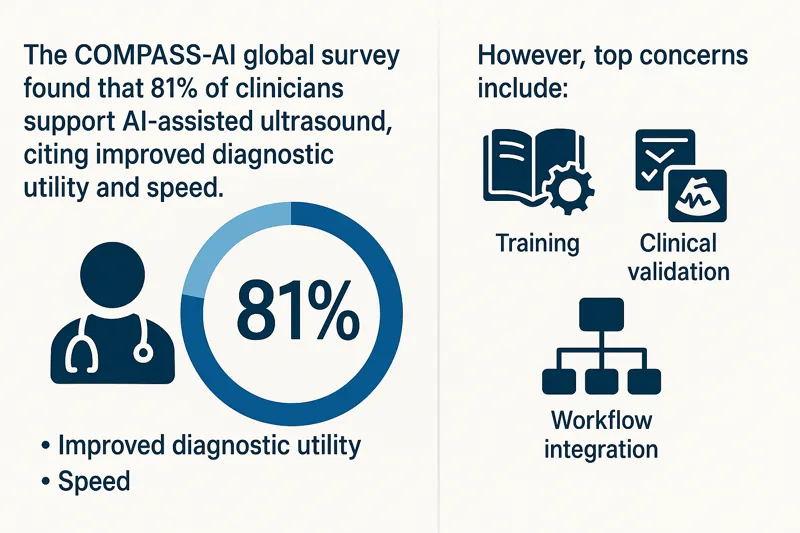Every year, the Radiological Society of North America (RSNA) brings together innovators shaping the future of medical imaging. This November 30–December 3, 2025, the Vesta Teleradiology team is proud to join that community at RSNA 2025 in Chicago — showcasing how AI and human expertise combine to deliver faster, smarter imaging coverage for hospitals and imaging centers nationwide.
Meet Vesta at Booth 1346 — South Hall
At Booth 1346, attendees can discover how Vesta helps healthcare facilities overcome some of today’s biggest radiology challenges — from staffing shortages to increasing imaging volumes — without compromising patient care.
Vesta’s solutions are designed to help your organization:
- ✅ Gain 24/7 radiology coverage without the burnout
- ✅ Access fellowship-trained subspecialists across all modalities
- ✅ Deliver faster turnaround times with AI-assisted workflow tools
- ✅ Scale imaging services without adding staff
- ✅ Rely on dependable IT services and seamless PACS integration
How Vesta Combines AI + Human Expertise
Teleradiology isn’t just about remote reads — it’s about precision, speed, and collaboration. Vesta’s radiologists use advanced AI-assisted workflow technology to prioritize cases, enhance diagnostic consistency, and streamline communication with hospitals and imaging centers.
AI tools don’t replace radiologists; they empower them. By automating repetitive tasks and highlighting critical findings faster, AI allows Vesta’s board-certified radiologists to focus where their expertise matters most — delivering accurate interpretations and improving patient outcomes around the clock.
Dependable Excellence, Every Time
Since its founding, Vesta has remained committed to providing dependable, high-quality radiology coverage that healthcare organizations can trust. Whether you need overnight support, overflow assistance, or full departmental coverage, Vesta’s network of U.S.-based, fellowship-trained subspecialists ensures that every scan gets the attention it deserves — anytime, anywhere.
View this post on Instagram
Join Us in Chicago
If you’re attending RSNA 2025, we’d love to meet you in person. Stop by Booth 1346 in the South Hall to see how Vesta’s combination of human insight and artificial intelligence is helping healthcare facilities achieve diagnostic excellence — without adding to their workload.
RSNA 2025 — Chicago, IL
November 30 – December 3, 2025
VESTARAD.COM



 Why It Matters for Facilities and Radiology Teams
Why It Matters for Facilities and Radiology Teams
 Growing Market and Adoption
Growing Market and Adoption